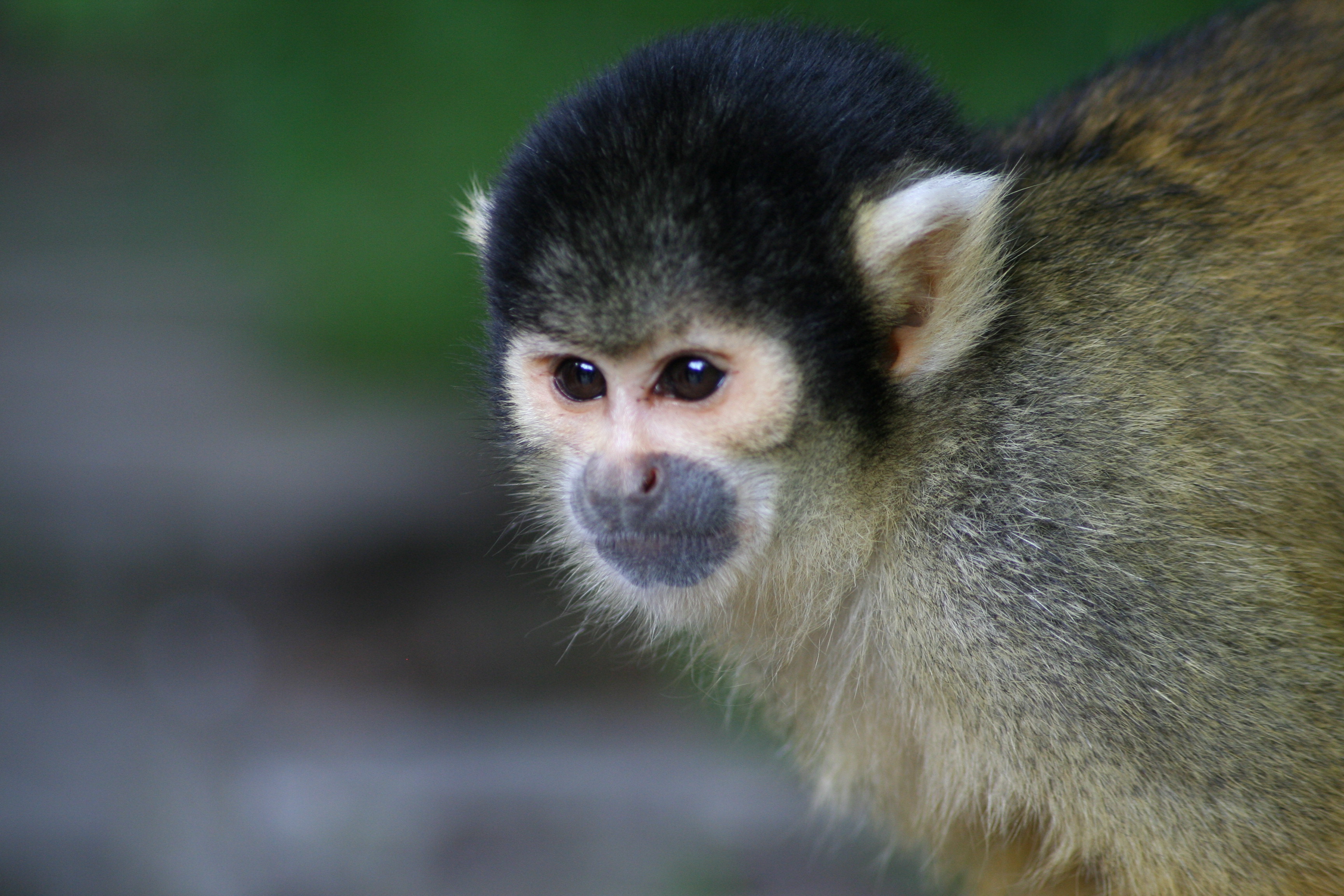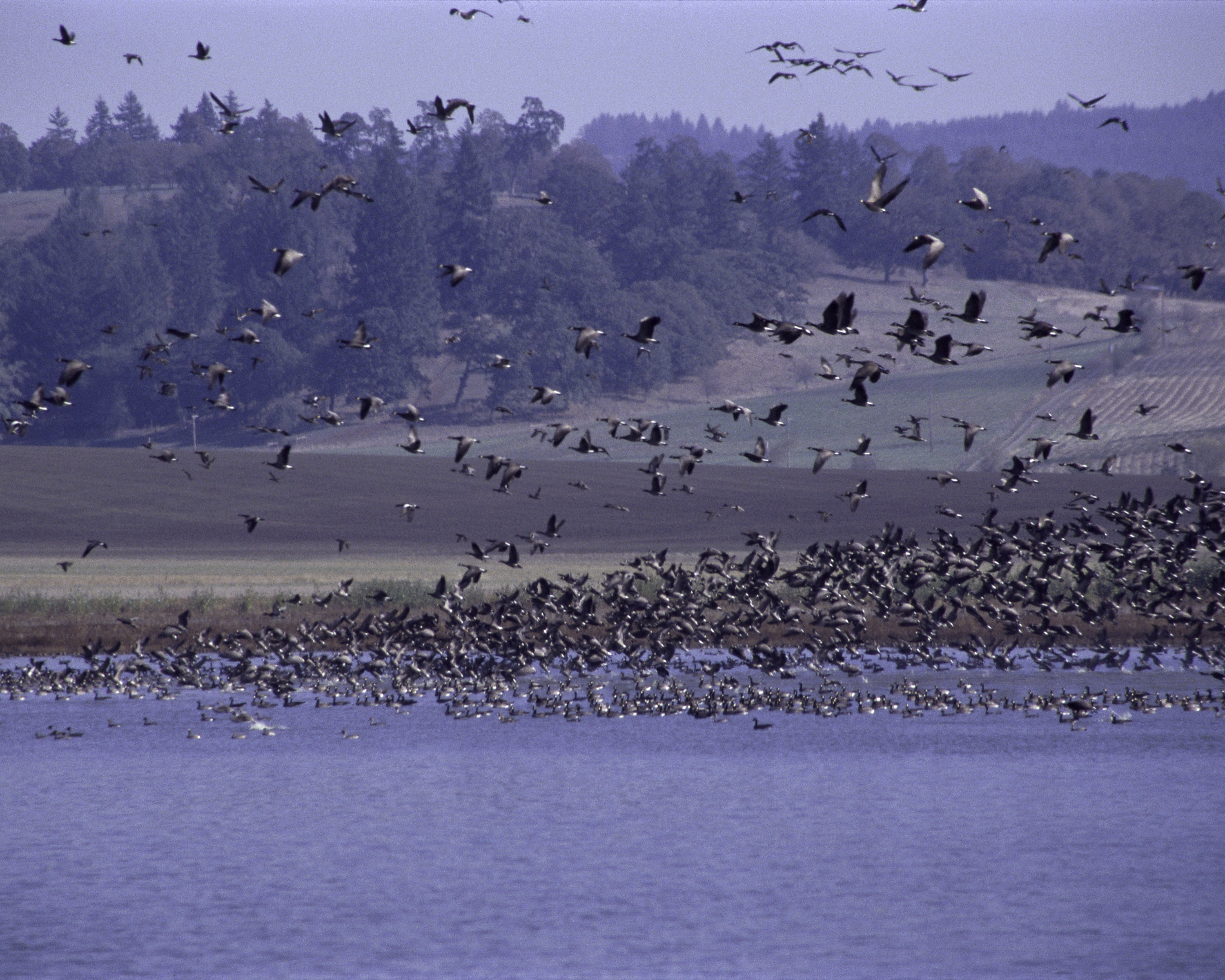|
Curraghs Wildlife Park
Curraghs Wildlife Park is a wildlife park in The Curraghs (also known as the Ballaugh Curraghs), an area of wetland in the north-west of the Isle of Man. The park is owned by the Isle of Man Government and is administered by the Department of Environment, Food & Agriculture. It was formerly administered through the island's Department of Community, Culture and Leisure. History The park was founded in 1963, under the Curraghs Acquisition Act 1963 (an Act of Tynwald). The Isle of Man Government purchased about of land to be divided between as a reserve and as a wildlife park. The park was formally opened by the Lieutenant Governor of the Isle of Man, Sir Ronald Garvey on 23 July 1965. It contains about 100 primarily wetland species from around the world in walk-through enclosures. of the park remains undeveloped and displays a variety of habitats such as bogs, Molinia grasslands, open water peat diggings, birch woodland and hay meadows. Nature trails run through this ... [...More Info...] [...Related Items...] OR: [Wikipedia] [Google] [Baidu] |
Curragh (habitat)
The Curraghs or Ballaugh Curraghs are a wetland in Ballaugh parish in the north-west of the Isle of Man. The area has a rich and varied biodiversity and is also the location of the Curraghs Wildlife Park, a zoo and nature reserve that incorporates the wetlands. History During the last ice age the area was covered in sheets of ice. When this ice retreated, a depression was left at the bottom of the northern hills and the wetlands were formed in this basin. Over the years the land has been used to graze animals and grow hay, one of the few exploitable crops suited to the conditions of the wetlands. The Curraghs has also been a valuable resource for humans, as well as providing aesthetic appeal; the area is rich in peat, which was used as a fuel in the island's homes. The nearby village of Kirk Michael was a great consumer of the peat in the Curraghs. It was the exploitation of peat that made the land slightly drier than it is today. When the practice of peat cutting ... [...More Info...] [...Related Items...] OR: [Wikipedia] [Google] [Baidu] |
Butterfly
Butterflies are insects in the macrolepidopteran clade Rhopalocera from the Order (biology), order Lepidoptera, which also includes moths. Adult butterflies have large, often brightly coloured wings, and conspicuous, fluttering flight. The group comprises the large superfamily (zoology), superfamily Papilionoidea, which contains at least one former group, the skippers (formerly the superfamily "Hesperioidea"), and the most recent analyses suggest it also contains the moth-butterflies (formerly the superfamily "Hedyloidea"). Butterfly fossils date to the Paleocene, about 56 million years ago. Butterflies have a four-stage life cycle, as like most insects they undergo Holometabolism, complete metamorphosis. Winged adults lay eggs on the food plant on which their larvae, known as caterpillars, will feed. The caterpillars grow, sometimes very rapidly, and when fully developed, pupate in a chrysalis. When metamorphosis is complete, the pupal skin splits, the adult insect climbs o ... [...More Info...] [...Related Items...] OR: [Wikipedia] [Google] [Baidu] |
Red-faced Spider Monkey
The red-faced spider monkey (''Ateles paniscus'') also known as the Guiana spider monkey or red-faced black spider monkey, is a species of spider monkey found in the rain forests in northern South America. The species faces issues with hunting and habitat loss, so is listed as Vulnerable on the IUCN Redlist. Description The red-faced spider monkey has long, black hair and a red or pink face that is bare except for a few short, white hairs. Infants are born with dark faces, which lighten as they age. Sexual dimorphism in the species is small; the head-body length of the male is on average, while the female is around in length. The male weighs around , while the female weighs around . The tail is prehensile (capable of grasping) and its fingers and limbs are long, agile and strong. Behavior The red-faced spider monkey exhibits a fission-fusion society, associating with large groups of up to 30 individuals during the night, but choosing to spend the days travelling. At n ... [...More Info...] [...Related Items...] OR: [Wikipedia] [Google] [Baidu] |
Black-capped Squirrel Monkey
The black-capped squirrel monkey (''Saimiri boliviensis'') is a species of New-World monkey native to the upper Amazon basin in Bolivia, western Brazil and eastern Peru. They weigh between 365 and 1135 grams and measure, from the head to the base of the tail, between 225 and 370mm. Black-capped squirrel monkeys are primarily tree-dwelling and are found in both native and plantation forests as well as some farmed areas near running water. Their diet is omnivorous and mostly consists of flowers, fruit, leaves, nuts, seeds, insects, arachnids, eggs and small vertebrates. They mostly live in female-dominated troops of around 40 to 75 monkeys, with males having been observed to disperse to live in all-male troops after reaching sexual maturation. Their current conservation status according to the IUCN is 'Least Concern'. The species belongs to the genus ''Saimiri'' and has two subspecies, ''S. b. boliviensis'' (the Bolivian squirrel monkey) and ''S. b. peruviensis'' (the Peruvian squ ... [...More Info...] [...Related Items...] OR: [Wikipedia] [Google] [Baidu] |
Boa Constrictor
The boa constrictor (scientific name also ''Boa constrictor''), also called the red-tailed boa, is a species of large, non-venomous, heavy-bodied snake that is frequently kept and bred in captivity. The boa constrictor is a member of the family Boidae, found in tropical South America, as well as some islands in the Caribbean. A staple of private collections and public displays, its color pattern is highly variable yet distinctive. Four subspecies are currently recognized. This article focuses on the species ''Boa constrictor'' as a whole, and on the nominate subspecies ''B. c. constrictor''. Common names Though all boids are constrictors, only this species is properly referred to as a "boa constrictor"—a rare instance of an animal having the same common English name and scientific binomial name. All subspecies are referred to as "boa constrictors", and are part of a diverse group of New World boas referred to as "red-tailed" boas, comprising species of both ''Boa constrictor' ... [...More Info...] [...Related Items...] OR: [Wikipedia] [Google] [Baidu] |
Ridable Miniature Railway
A ridable miniature railway (US: riding railroad or grand scale railroad) is a large scale, usually ground-level railway that hauls passengers using locomotives that are often models of full-sized railway locomotives (powered by diesel or petrol engines, live steam or electric motors). Overview Typically miniature railways have a rail track gauge between and under , though both larger and smaller gauges are used. At gauges of and less, the track is commonly raised above ground level. Flat cars are arranged with foot boards so that driver and passengers sit astride the track. The track is often multi-gauged, to accommodate , , and sometimes gauge locomotives. The smaller gauges of miniature railway track can also be portable and is generally / gauge on raised track or as / on ground level. Typically portable track is used to carry passengers at temporary events such as fêtes and summer fairs. Typically miniature lines are operated by not for profit organisations - often mod ... [...More Info...] [...Related Items...] OR: [Wikipedia] [Google] [Baidu] |
The Orchid Line
The Orchid Line is a multi-gauge miniature railway operating within the Curraghs Wildlife Park in the north of the Isle of Man and is operated by the Manx Model Engineering Society. It was opened in May 1992. The track combines up to three gauges, inch, 5 inch and inch. See also * Transport on the Isle of Man *Rail transport in the Isle of Man The Isle of Man has a rich transport heritage and boasts the largest narrow-gauge railway network in the British Isles with several historic railways and tramways still in operation. These operate largely to what is known as "Manx Standard Gauge" ... * British narrow gauge railways Notes and References * External links {{Commons category, The Orchid LineManx Steam and Model Engineering Club [...More Info...] [...Related Items...] OR: [Wikipedia] [Google] [Baidu] |
Wildlife Conservation
Wildlife conservation refers to the practice of protecting wild species and their habitats in order to maintain healthy wildlife species or populations and to restore, protect or enhance natural ecosystems. Major threats to wildlife include habitat destruction, degradation, fragmentation, overexploitation, poaching, pollution and climate change. The IUCN estimates that 27,000 species of the ones assessed are at risk for extinction. Expanding to all existing species, a 2019 UN report on biodiversity put this estimate even higher at a million species. It is also being acknowledged that an increasing number of ecosystems on Earth containing endangered species are disappearing. To address these issues, there have been both national and international governmental efforts to preserve Earth's wildlife. Prominent conservation agreements include the 1973 Convention on International Trade in Endangered Species of Wild Fauna and Flora (CITES) and the 1992 Convention on Biological Diversity (C ... [...More Info...] [...Related Items...] OR: [Wikipedia] [Google] [Baidu] |
Kush (red Panda)
Kush was a male red panda known for repeatedly escaping his enclosure at Curraghs Wildlife Park, Isle of Man. Early life Kush was born in June 2013 at Highland Wildlife Park in Kingussie, Scotland, to Kitty and Kevyn. He was the first red panda cub to be born at the park and the first to be born in one of the Royal Zoological Society of Scotland's animal collections in 13 years. In early 2014, Kush was moved to Curraghs Wildlife Park in the Isle of Man, where he lived until his death. Escapes Kush is widely known throughout the Isle of Man for having escaped the wildlife park on multiple occasions. His first escape, in 2019, was facilitated by a fallen tree in his enclosure, which formed a bridge by which he could leave. He managed to evade his keepers for weeks before being recaptured. He escaped once more in 2020. Death On 30 October 2021, Kush experienced a sudden loss of co-ordination and was put under anaesthesia for investigation. Blood samples were taken ... [...More Info...] [...Related Items...] OR: [Wikipedia] [Google] [Baidu] |
John Corrin
John Corrin (10 September 1934 – 30 November 2005) was a former Minister in the Isle of Man Government and Member of the House of Keys. Corrin was educated on the island at Arbory School and Castle Rushen High School, and on leaving school at the age of 17 he joined the British Army. He served in the Royal Electrical and Mechanical Engineers and was posted to many places, including the Middle East from 1953 to 1955, the Rhine Army from 1961 to 1962 and the Far East from 1962 to 1964. He returned to the Isle of Man to marry, and he worked for Malew Engineering Limited at Ronaldsway Ronaldsway () is a place in the parish of Malew in the south of the Isle of Man, between the village of Ballasalla and the town of Castletown. Features It is notable as the location of Isle of Man Airport and historically of RNAS Ronaldsway, to ... from 1965 until 1970. He also became involved in the work of the Transport and General Workers Union. In 1986 he was elected as one of t ... [...More Info...] [...Related Items...] OR: [Wikipedia] [Google] [Baidu] |
Dudley Zoo
Dudley Zoological Gardens is a zoo located within the grounds of Dudley Castle in the town of Dudley, in the Black Country region of the West Midlands, England. The Zoo opened to the public on 18 May 1937. It contains 12 modernist animal enclosures and other buildings designed by the architect Berthold Lubetkin and the Tecton Group. The zoo went into Justin receivership in 1977 and was purchased by Dudley Metropolitan Council. Dudley Zoo is now operated by Dudley and West Midlands Zoological Society, founded in 1978 and a registered charity. The gardens also hosts multiple events. History The owner of Dudley Castle, the Third Earl of Dudley, decided to create a zoo in the castle grounds in the 1930s. The initial Board of the Dudley Zoological Society was made up of the earl, Ernest Marsh (director of Marsh and Baxter) and Captain Frank Cooper, owner of Oxford Zoo, who wanted to sell his animals and it was Oxford Zoo, which closed in 1936, that supplied Dudley with the majority ... [...More Info...] [...Related Items...] OR: [Wikipedia] [Google] [Baidu] |

_male_in_flight.jpg)





.jpg)